Is your manufacturing company struggling with slow or error-prone information flow?
Manual data transfer between systems often creates chaos, delays, and frustration. It’s a common issue that prevents modern manufacturers from maintaining full control over key operations.
Now imagine a scenario where data from machines, warehouses, and sales departments flows into your ERP system in real time – creating one unified view of your entire organization. That’s not a futuristic vision, but a standard you can achieve through effective system integration.
Why is integrating production data with ERP critical for your business?
Integrating production data with ERP and other business tools is not just a technical challenge - it’s a strategic decision. In this comprehensive guide, you’ll learn how to connect systems step by step, which methods to use, and which pitfalls to avoid. You’ll discover how to turn data chaos into a fully automated and efficient ecosystem that drives your competitive advantage.
Collecting data without seamless exchange is like having an orchestra where each musician plays from a different sheet - without a conductor. The result? Chaos and wasted potential. The same happens in a company: isolated systems (so-called data silos) create barriers that slow growth. Integration acts as the conductor that synchronizes all instruments, creating harmony and efficiency across the entire organization.
The main goal of integration is to establish a Single Source of Truth (SSOT) – one reliable version of data. When production data flows smoothly into your ERP system, you gain:
- Full process automation: Production orders automatically reach the MES system, and progress updates are reflected in ERP without manual input.
- Error elimination: Say goodbye to mistakes caused by manual data entry. Systems exchange information precisely and instantly.
- Faster decision-making: Management gains access to up-to-date performance, cost, and inventory reports – enabling real-time responses.
- Increased efficiency: Employees spend less time retyping data and more time focusing on tasks that generate real business value.
Best methods and tools for integrating production data with ERP
Choosing the right integration approach is like selecting the perfect tool for a job – it must match your processes, budget, and goals. There’s no one-size-fits-all method, but several proven options exist:
- API integration (Application Programming Interface): The most modern and flexible approach. APIs act as translators and intermediaries between systems, enabling secure, real-time communication. Ideal for scenarios requiring instant data exchange (e.g., ERP and e-commerce platforms).
- File exchange (CSV, XML, JSON): A classic yet reliable method involving regular exports and imports of standardized data. Perfect for processes that don’t need immediate updates, such as daily reporting.
- Direct database connection: Enables one system to access another’s database directly. It’s fast but can pose security and stability risks, so it requires technical expertise and caution.
- Middleware and data buses (ESB): Advanced platforms that serve as central communication hubs for multiple systems. They simplify integration management, standardize data flow, and enhance scalability.
What to consider when choosing your integration method? – Checklist
- Timeliness: Do you need real-time updates or periodic synchronization?
- Scalability: Will the solution handle growing data volumes and future systems?
- Security: What data protection mechanisms are provided?
- Cost: What’s the total cost of ownership (implementation and maintenance)?
- Complexity: Does your team have the right skills to implement and maintain the chosen solution?
Examples of ERP integrations in practice
ERP + MES (Manufacturing Execution System):
The heart of a smart factory. Production orders, BOMs, and process data flow from ERP to MES. In return, MES sends real-time updates about production progress, material usage, and machine downtime. Managers gain full visibility, while accounting teams can accurately allocate costs.
ERP + WMS (Warehouse Management System):
Warehouse chaos? Integration is the cure. Sales orders from ERP are automatically sent to WMS, which optimizes picking routes and assigns tasks. After packing, shipping data and inventory levels flow back to ERP, triggering invoice creation and notifying the sales team about stock availability.
ERP + CAD/CAM platforms:
Engineers designing a new product in CAD generate a digital model and bill of materials (BOM). With integration, the BOM automatically transfers to ERP – eliminating manual errors and speeding up product launch.
Common challenges and how to avoid them
Every integration project carries certain risks – but awareness and proper preparation can minimize them.
Most common challenges:
- Inconsistent data: Different naming conventions, formats, or measurement units (e.g., “pcs” vs. “piece”).
- Unclear vision: Undefined goals and project scope.
- Insufficient testing: Missing key scenarios, leading to post-launch issues.
- Security gaps: Unsecured data transfer channels vulnerable to breaches.
- Employee resistance: Fear of change or new tools.
How to minimize risks – Don’t miss these steps:
- Analytical workshops: Map your processes and data flows before implementation.
- Phased rollout: Implement integration in stages, starting with critical processes.
- Testing plan: Prepare detailed test scenarios and involve end users.
- Documentation: Keep both technical and user documentation up to date.
- Communication & training: Clearly explain the benefits of integration and train your teams.
Integration planning and implementation – step by step
Step 1: Analysis and strategy – Define your business goals and identify the systems and processes to connect.
Step 2: Technology and partner selection – Choose the right method and an experienced integration provider.
Step 3: Solution design – Create a technical blueprint with data mapping, architecture, and flow logic.
Step 4: Development and implementation – Configure and program systems based on the design.
Step 5: Testing – Conduct unit, integration, and user acceptance testing (UAT).
Step 6: Go-Live – Deploy integration to the production environment.
Step 7: Monitoring and support – Continuously track system performance and optimize data flow.
Summary and recommendations – how to start integration in your company
Integrating production data with your ERP system is no longer optional – it’s essential for businesses aiming to operate efficiently and make decisions based on accurate, real-time insights. It’s an investment that pays off through automation, error reduction, better resource use, and a strong foundation for future digital growth.
When done right, integration transforms isolated systems into a unified, intelligent organism.
If you’re ready to streamline your company’s data flow and unlock its full potential, start with a conversation with our experts.
Want to know how we can help integrate your systems? Contact us – we’ll audit your needs and recommend the best integration strategy.





.jpg)

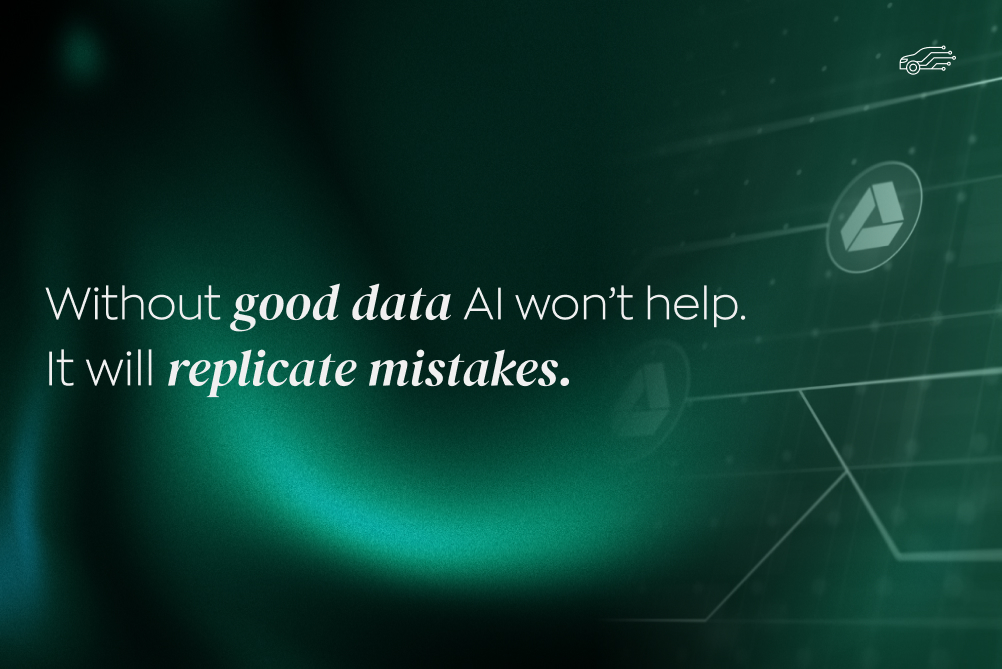


.jpg)
.jpg)
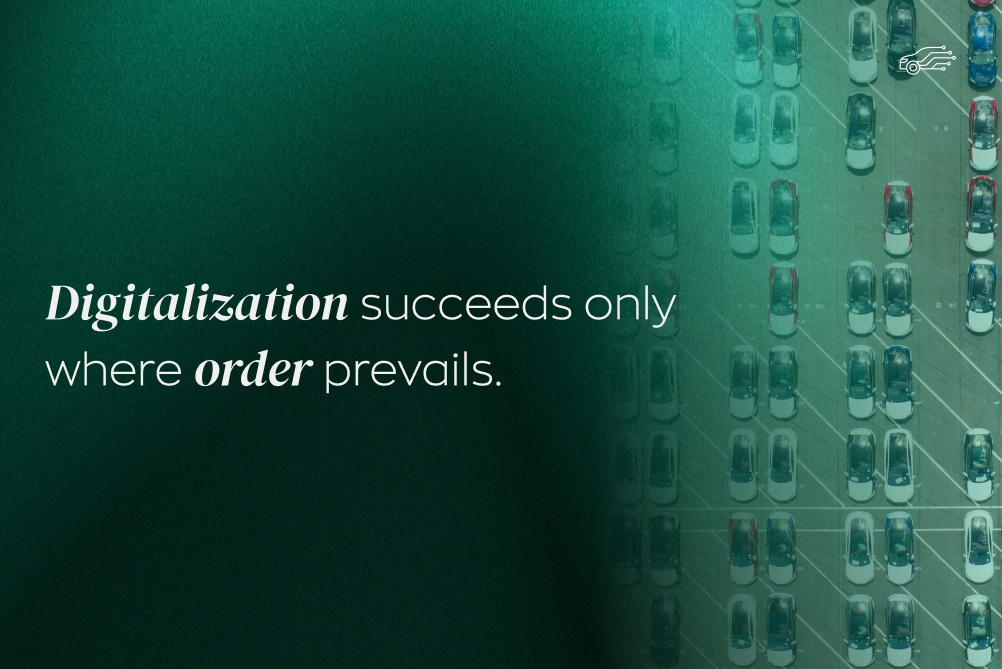
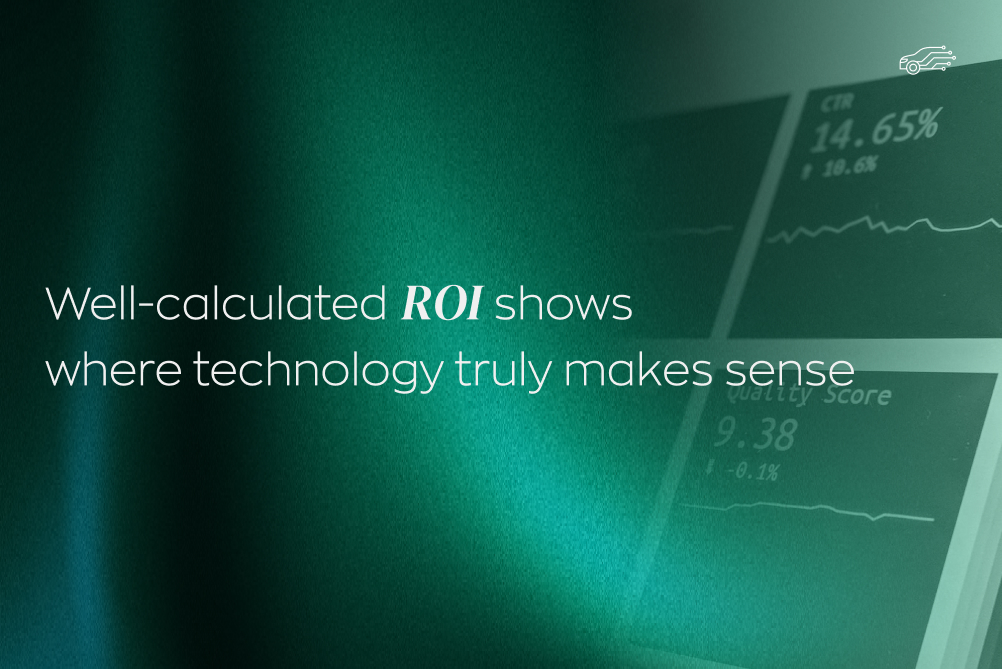
.jpg)
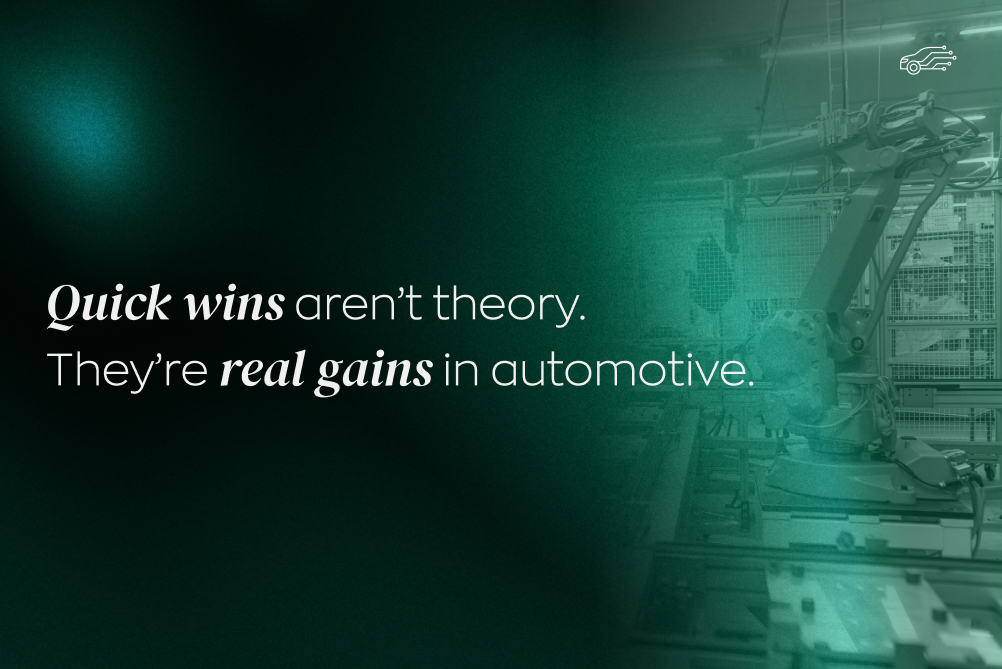

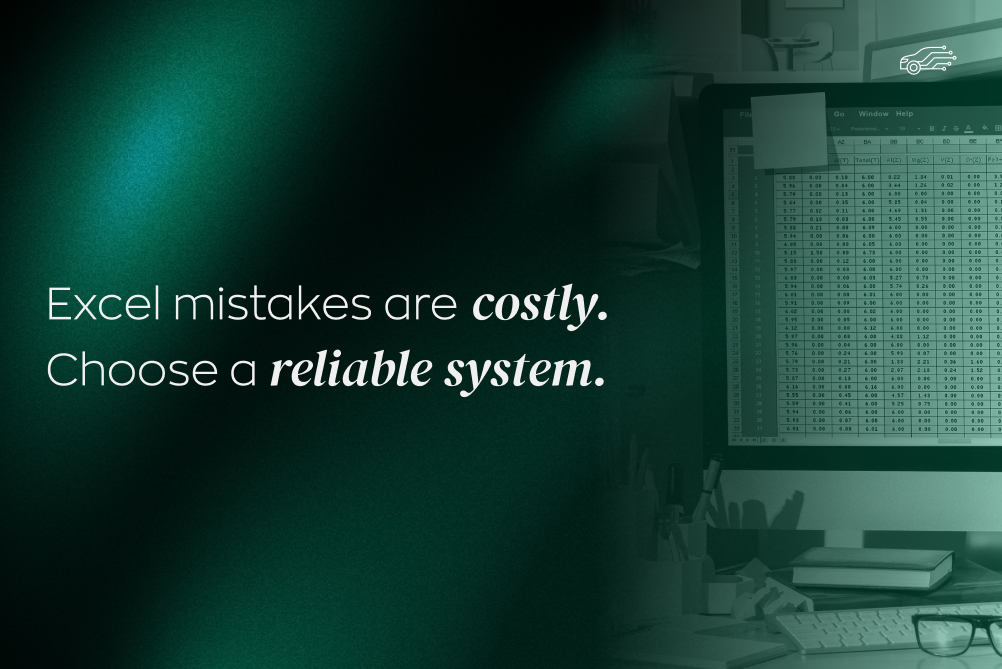
.jpg)
.jpg)
.jpg)
.jpg)
.jpg)
.jpg)

.jpg)
.jpg)
.jpg)
.jpg)
.jpg)
.jpg)
.jpg)
.jpg)
.jpg)
.jpg)






.jpg)
.jpg)
.jpg)

.jpg)

.jpg)


.jpg)
.jpg)
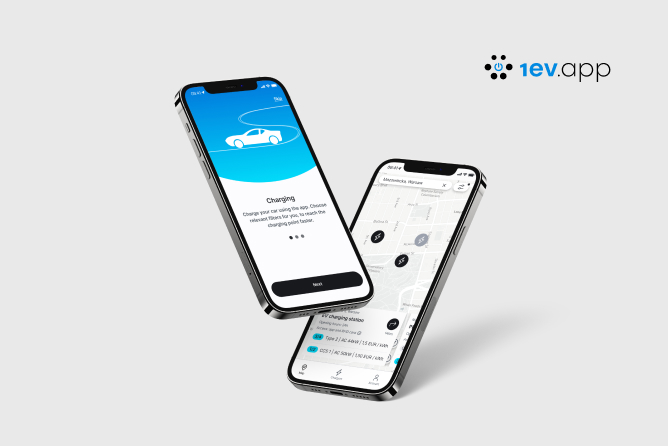
.jpg)
.jpg)

.jpg)

.jpg)
.jpg)
.jpg)

.jpg)
.webp)

.webp)


.jpg)









.webp)


.webp)

























